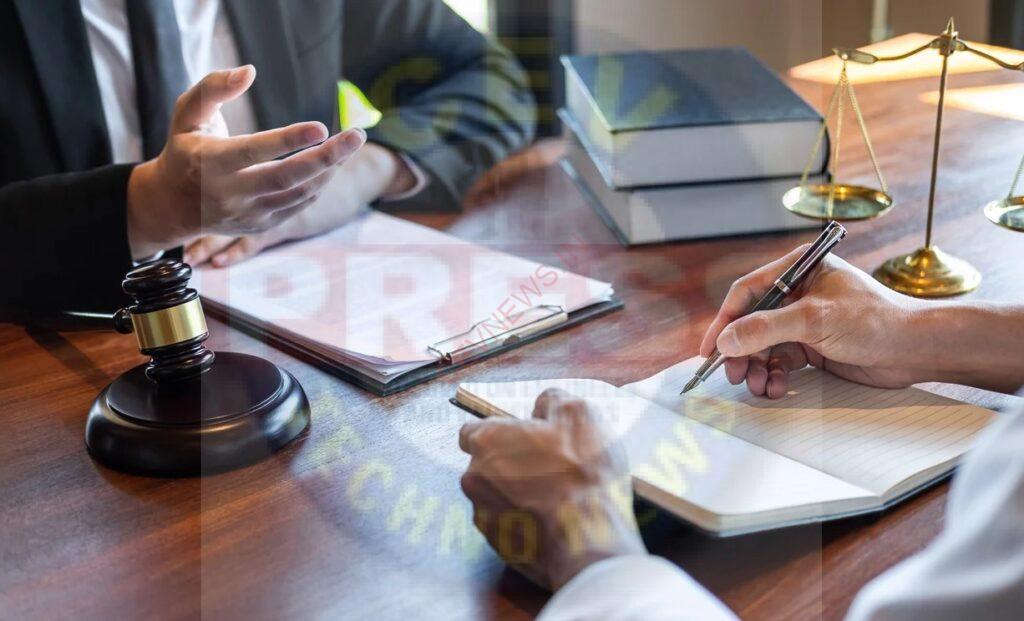STAGES OF CHEQUE BOUNCE CASE–STEP BY-STEP
1. ISSUING A LEGAL NOTICE:- The first is issuing a legal notice to the defaulter (Drawer of Cheque). According to Section 138 of the Negotiable Instruments Act, 1881, the holder of the bounced cheque must send a legal notice to the drawer of the dishonored cheque within 30 days of receiving the Cheque Return Memo from the Bank. The notice should demand the payment of the cheque amount within 15 days from the date of receipt of the notice. The cause of action arose at the end of 15 the day.
2. FILING OF COMPLAINT: The complaint needs to be filed before the jurisdictional magistrate within 30 days from the accrual of the cause of action. The complainant needs to be present before the magistrate at the time of filing. The original documents need to be shown to the magistrate. If prima-facie a case is made out, the magistrate will post the matter for sworn statement.
3. SWORN STATEMENT: At this stage, the complainant needs to enter the witness box and give further details regarding the case. If the magistrate is satisfied that there is some substance in the case of the complainant, then he will issue a summons to the accused.
4. APPEARANCE OF ACCUSED: On receipt of the summons, the accused needs to appear in court. If he does not appear in court, the court will issue an arrest warrant against him. After the appearance, the accused is supposed to take bail from the court. Or in the alternative, the Accused Advocate can file a petition to revoke the NBW citing the reasons for his non appearance.
5. EXAMINATION OF THE ACCUSED: The Court will examine the Accused U/s. 251 Cr.P.C. whether he has committed the offense or not. If the accused admits the guilt, the court will immediately give him punishment. If he pleads innocence, the court will post the matter for evidence.
6. EVIDENCE: The Complainant has to furnish his evidence, normally by way of an affidavit; this is known as examination-in-chief. He needs to produce all documents in support of his case like bounced cheque, dishonor memo, copy of notice etc. Later complainant will be cross examined by the accused Counsel. If there are other witnesses in support of the complainant, then their evidence also has to be recorded.
7. STATEMENT OF THE ACCUSED: After the Complainant’s side evidence is over, the court will put some questions to the accused regarding his guilt U/s. 313 of Cr.P.C. The accused needs to give an explanation of whether he is guilty of the offense or not.
8. DEFENCE EVIDENCE: After the Accused statement the court will give an opportunity to the accused to lead his evidence. The accused can produce documents as well as witnesses in support of his case. Accused and his witnesses will be cross examined by the Counsel for complainant. After this, the case is posted for arguments.
9. ARGUMENTS: Both the Complainant Counsel and the Accused Counsel will submit their arguments before the court. They can also furnish judgments of high courts and the Supreme Court in support of their case. Normally a written argument containing a gist of the oral argument is also furnished to the court.
10. JUDGEMENT: After the arguments, case is posted for judgement. If the court finds that the accused has committed offence, he will be punished with fine or imprisonment or both. If he is innocent, the court will acquit him. If the accused is convicted, he can file an appeal before the sessions court within 30 days from the date of Judgement or receipt of Certified Copies.



